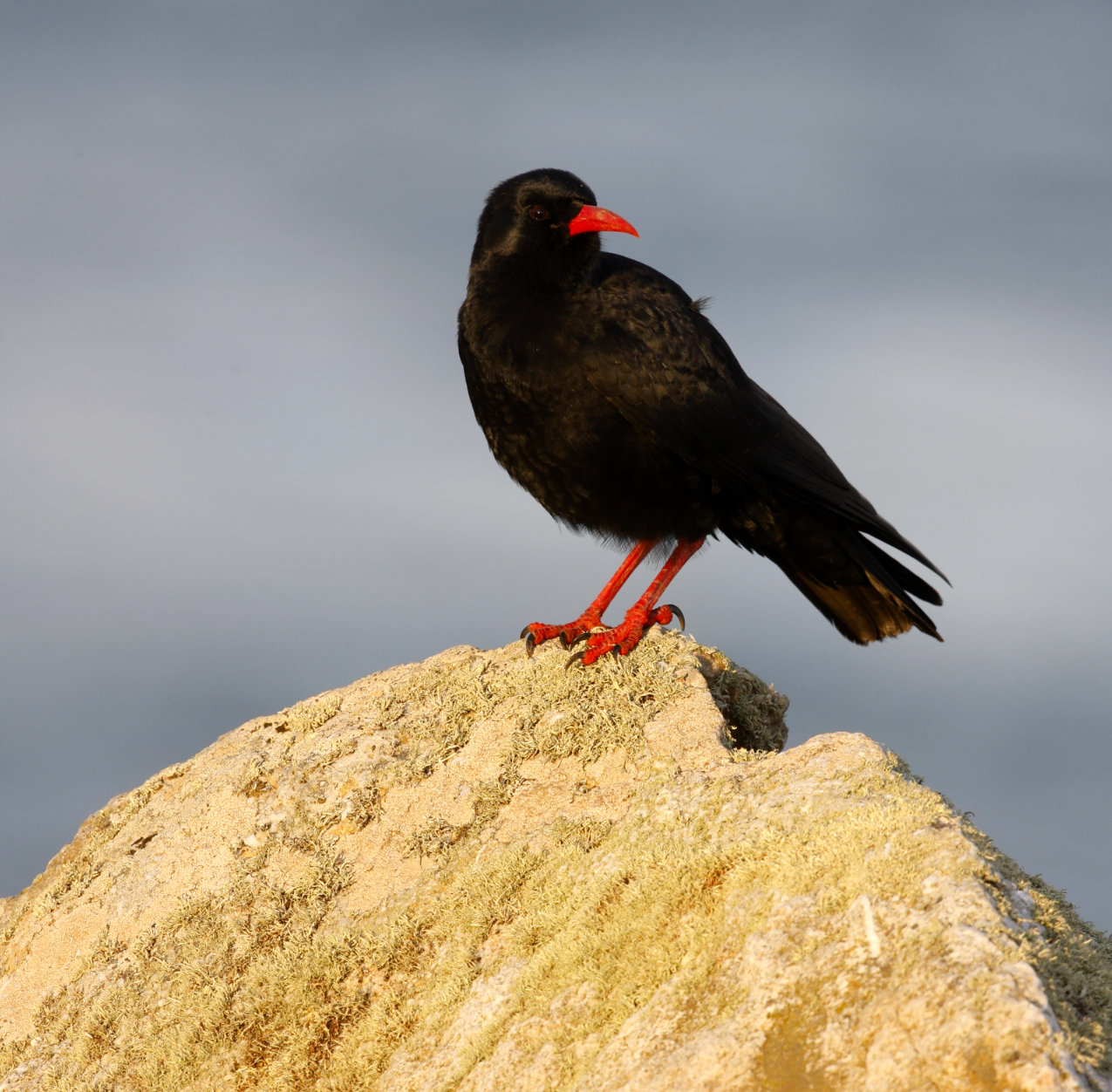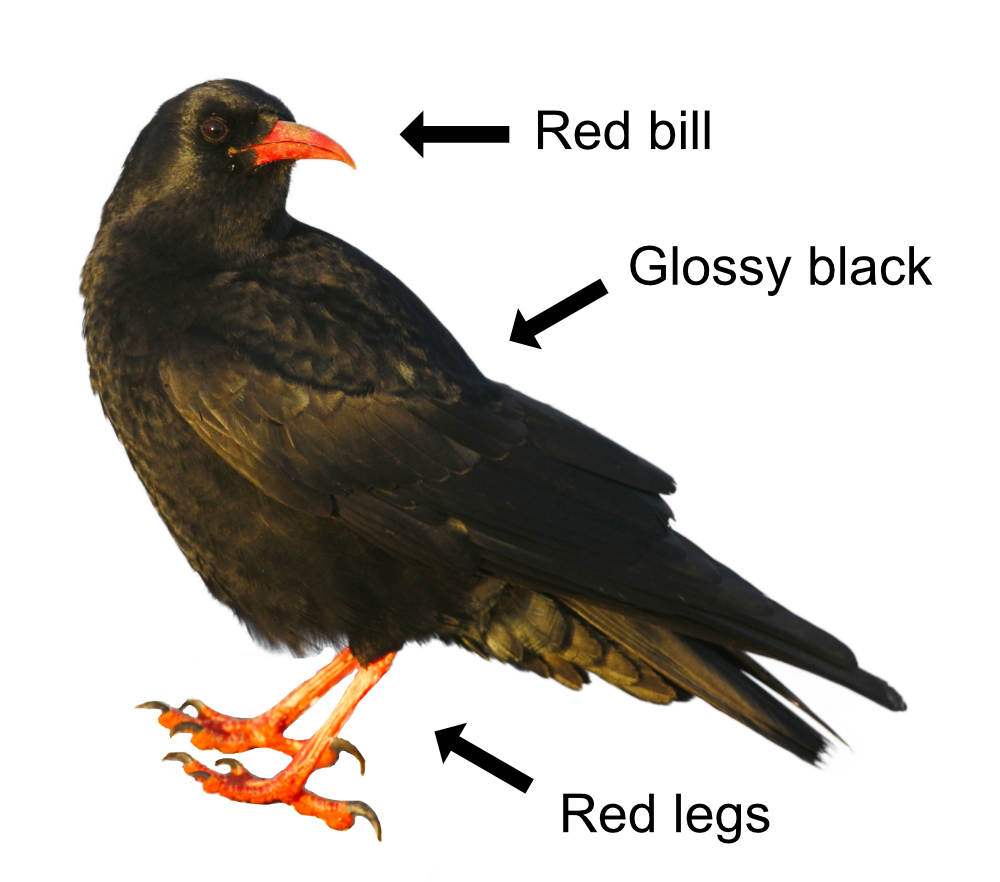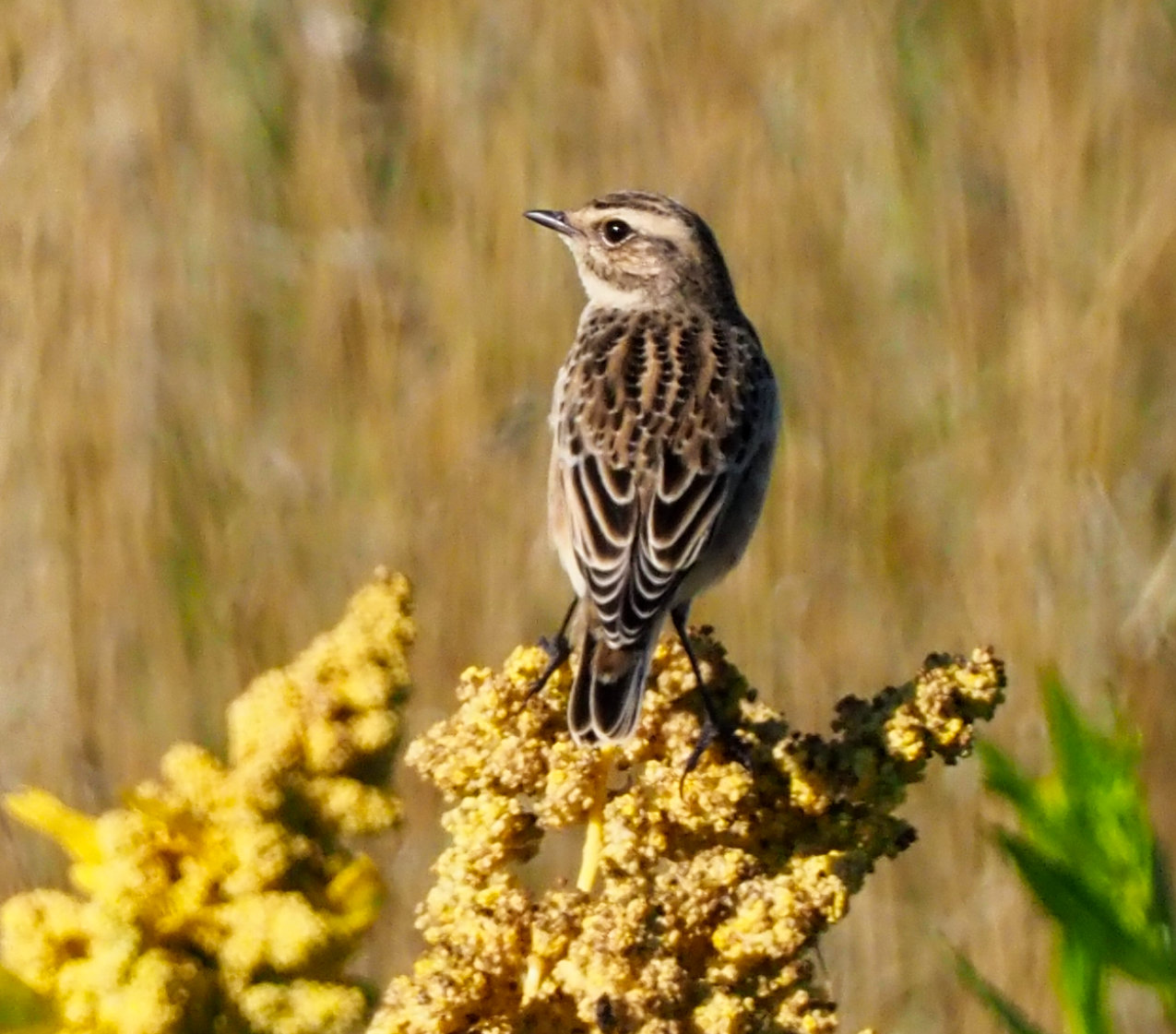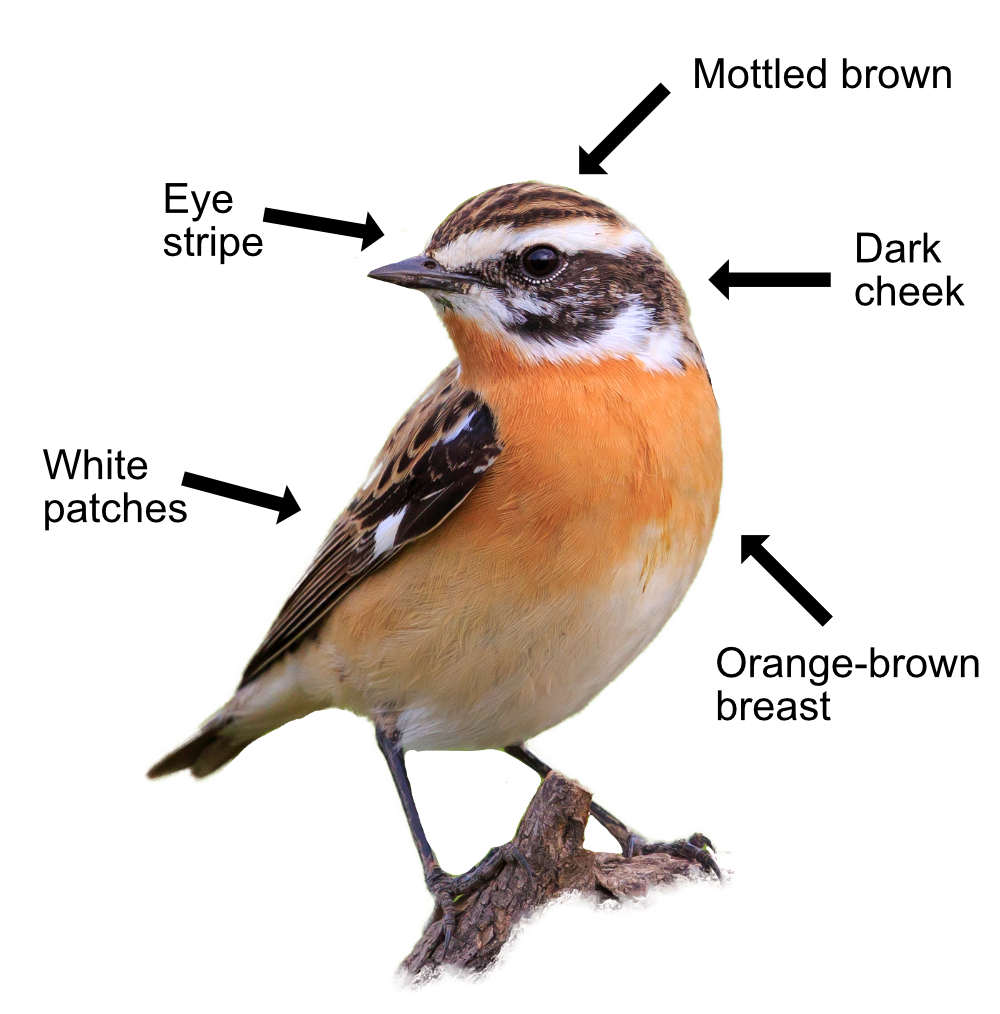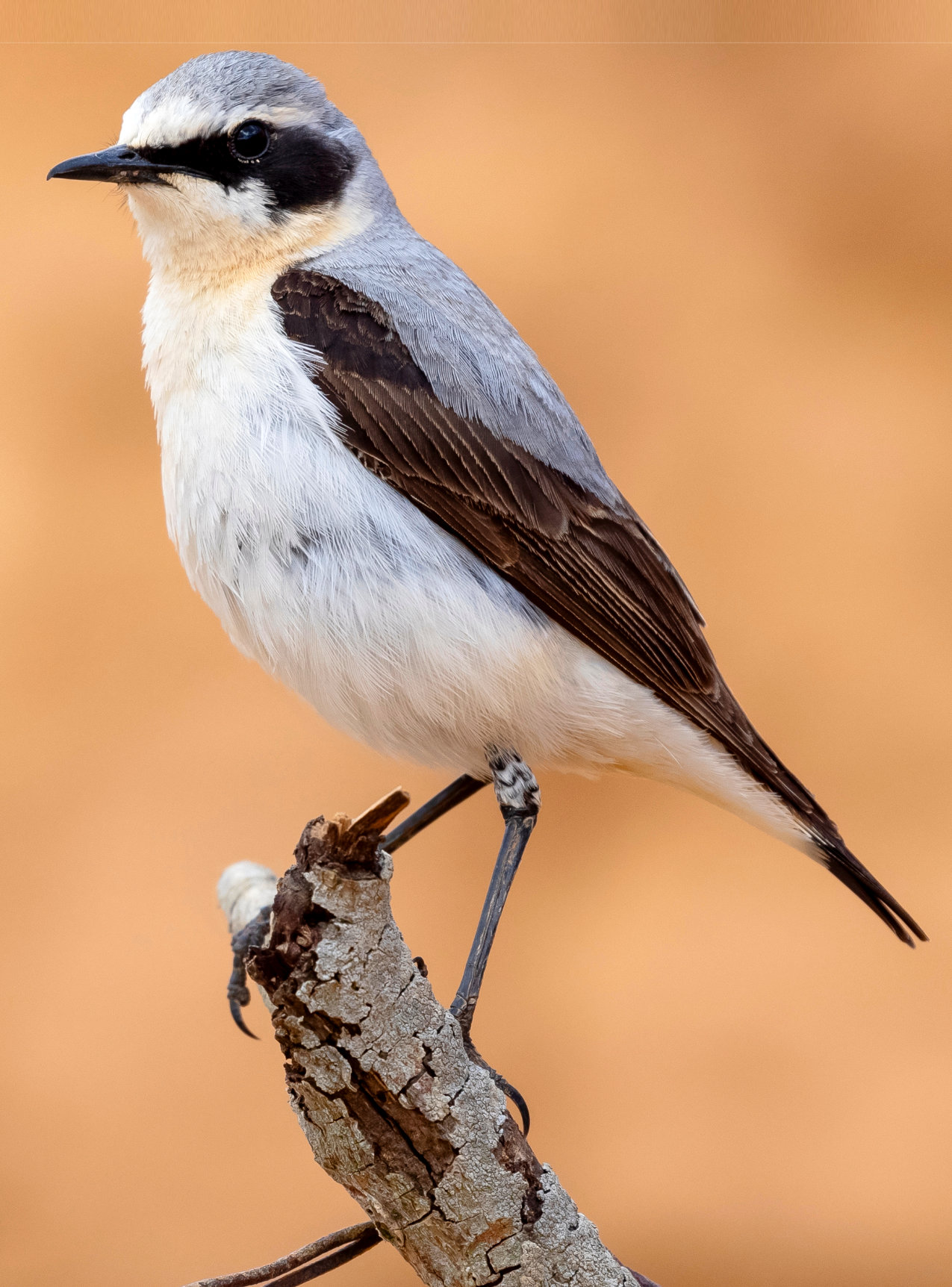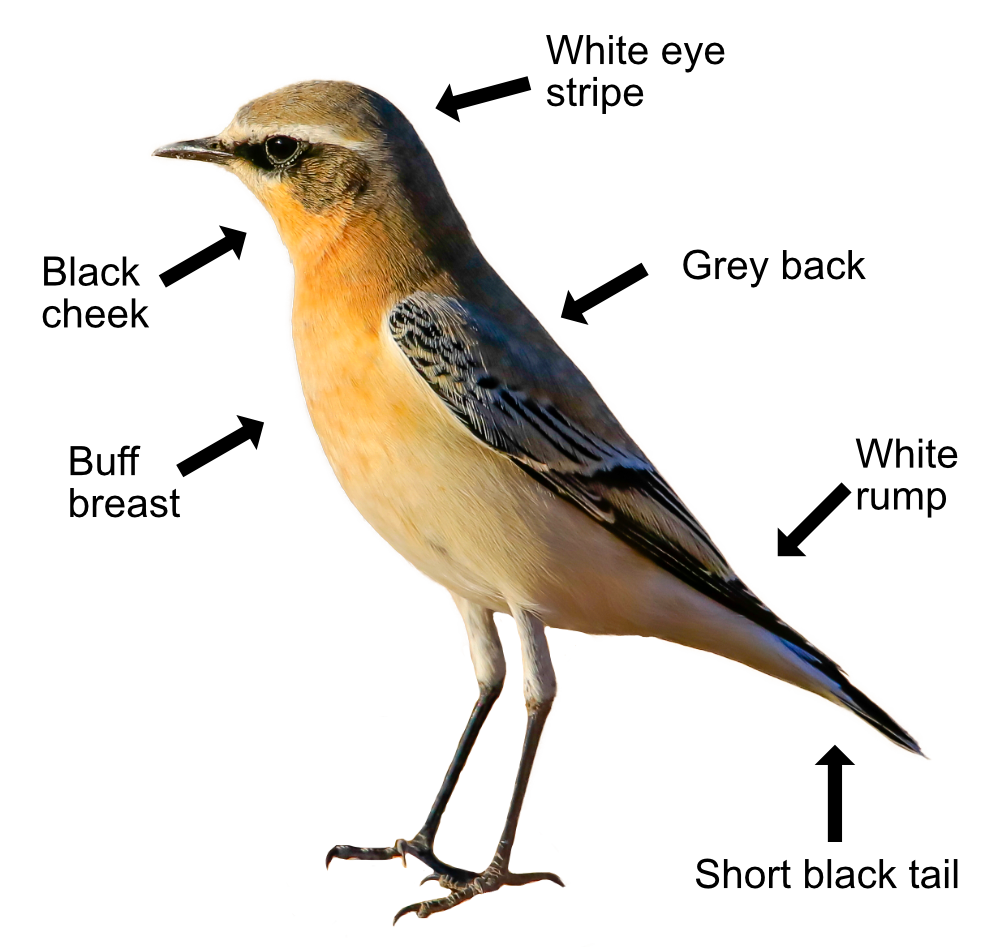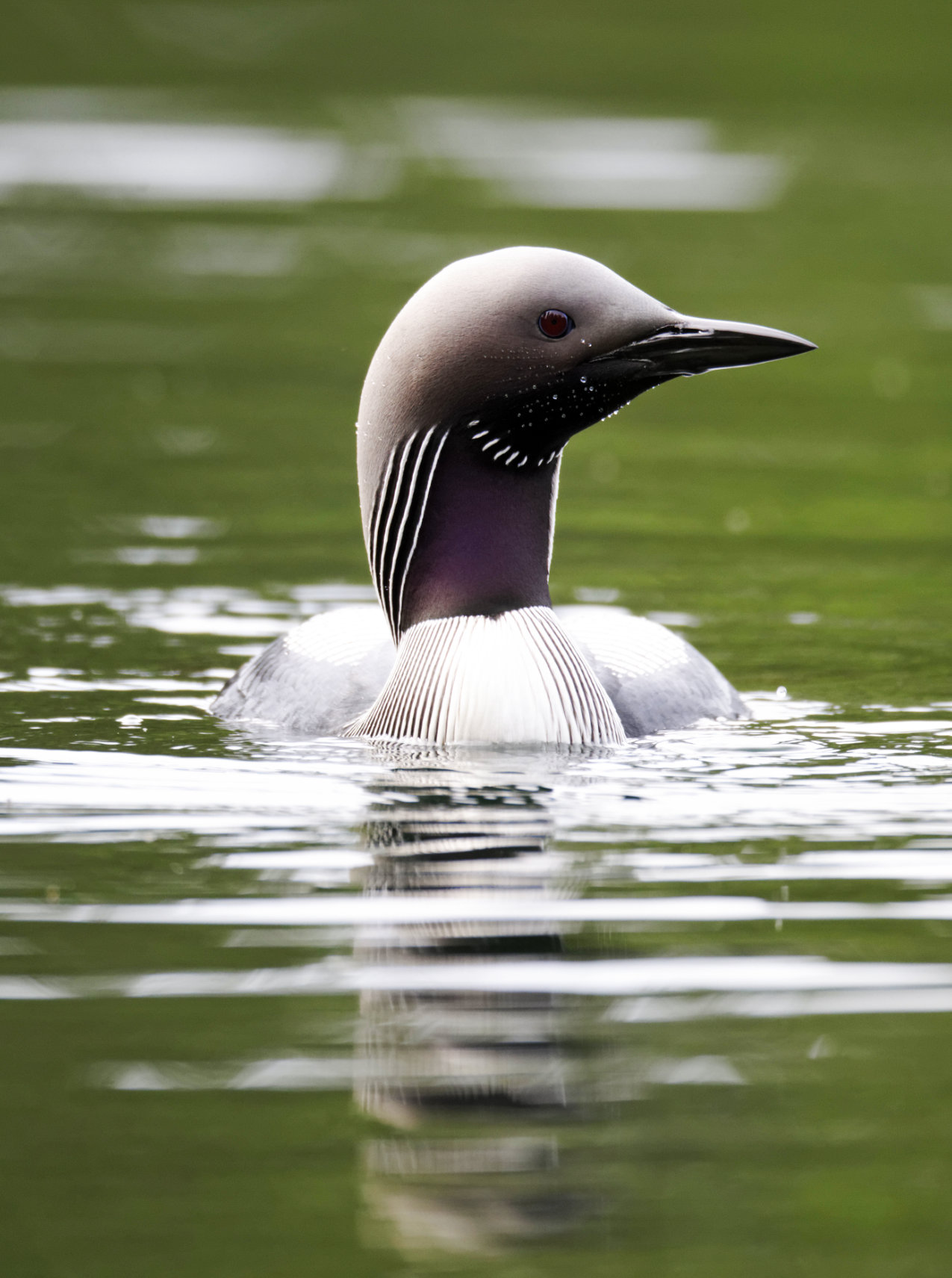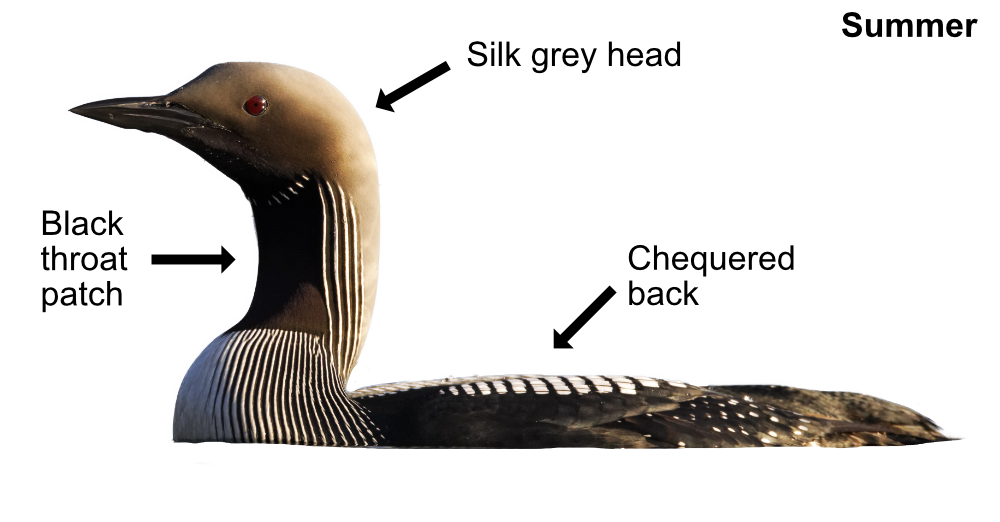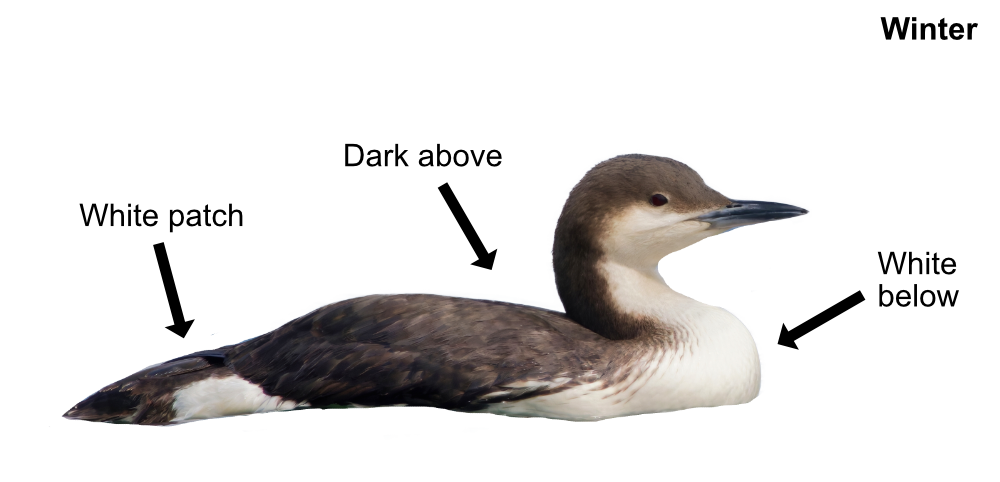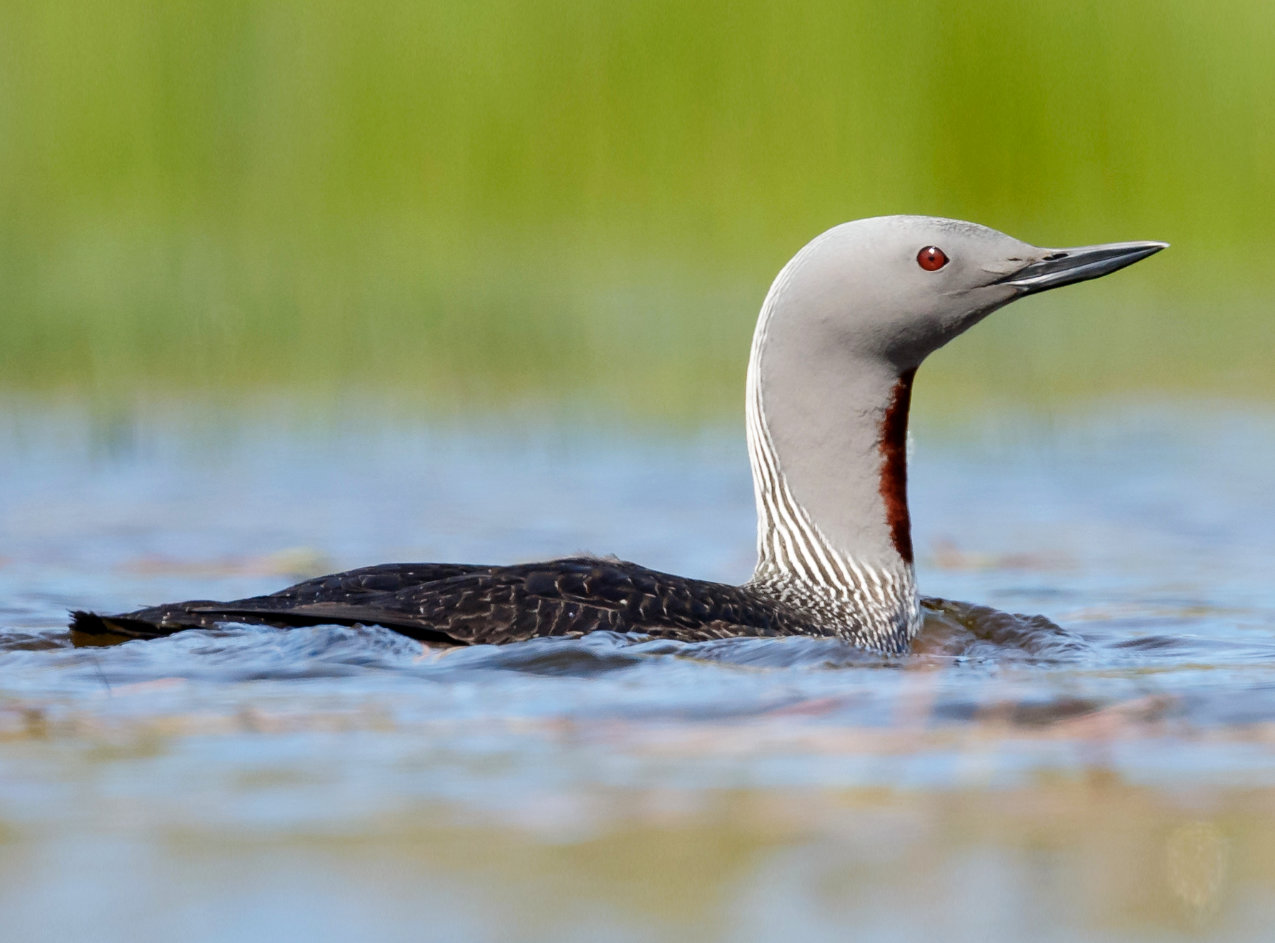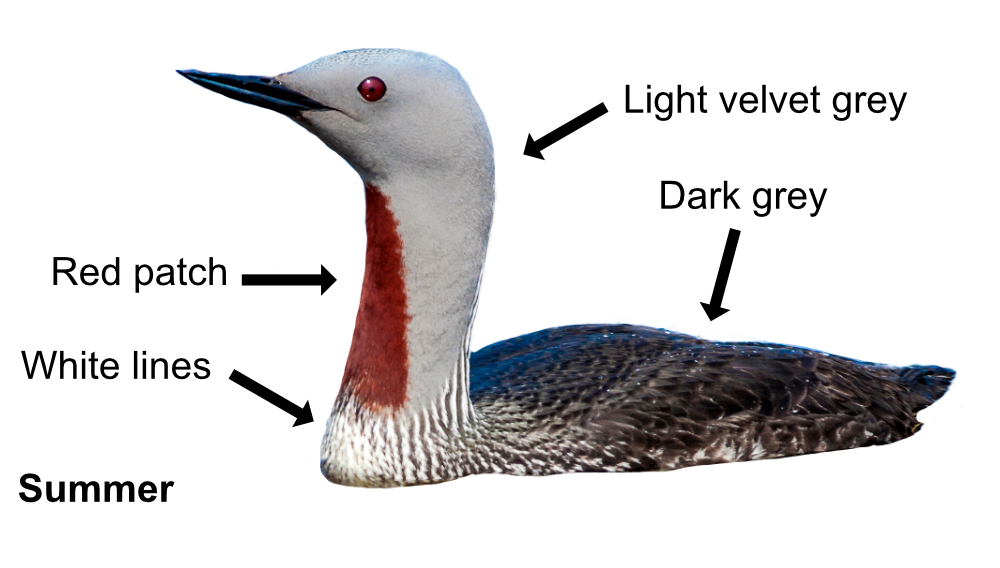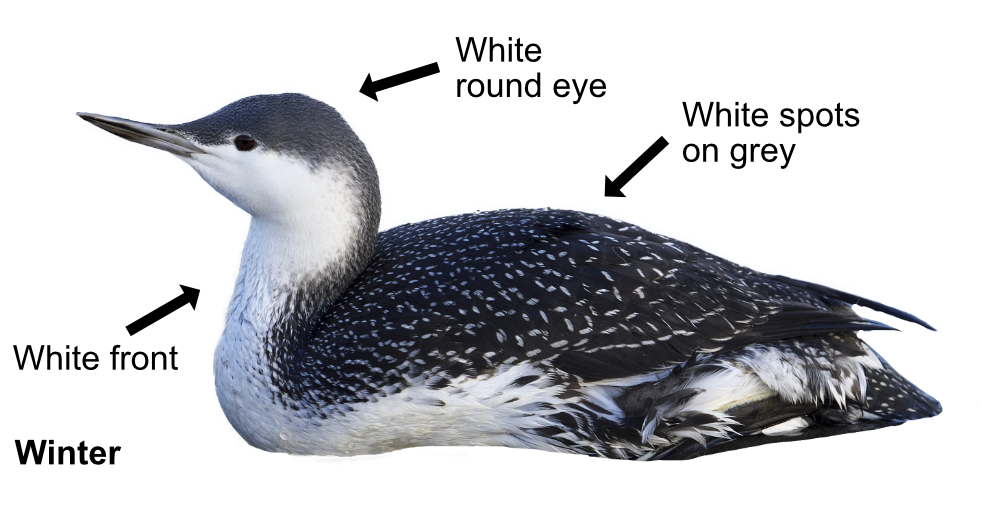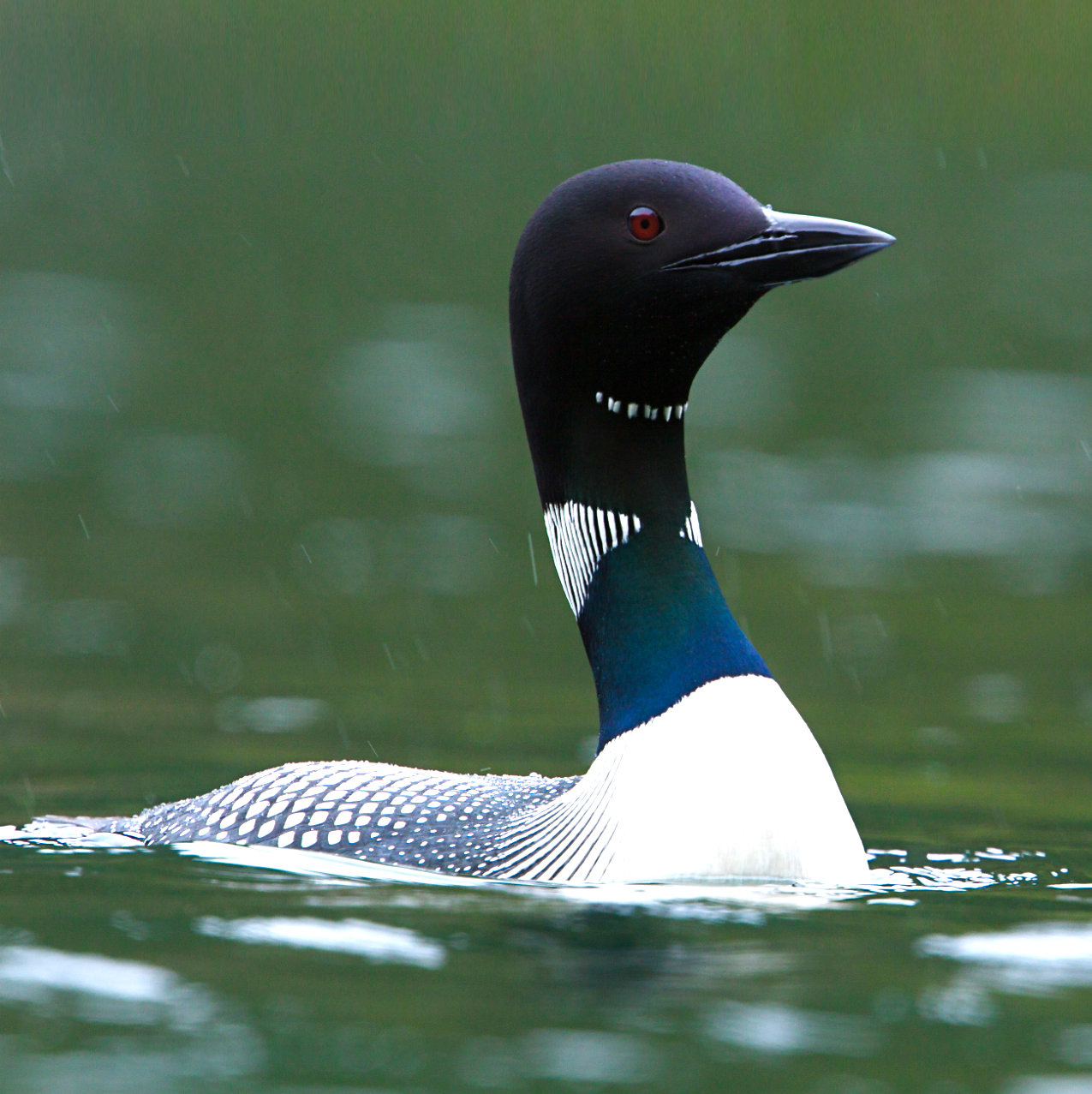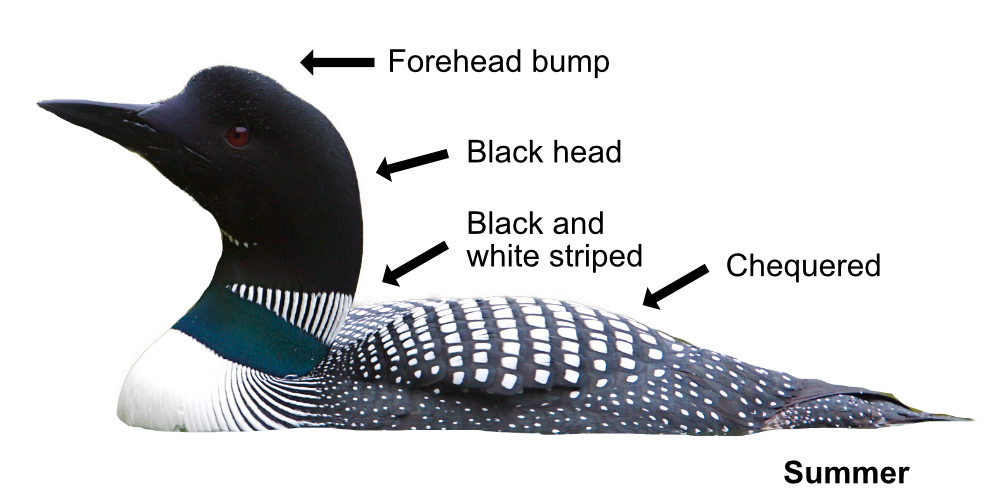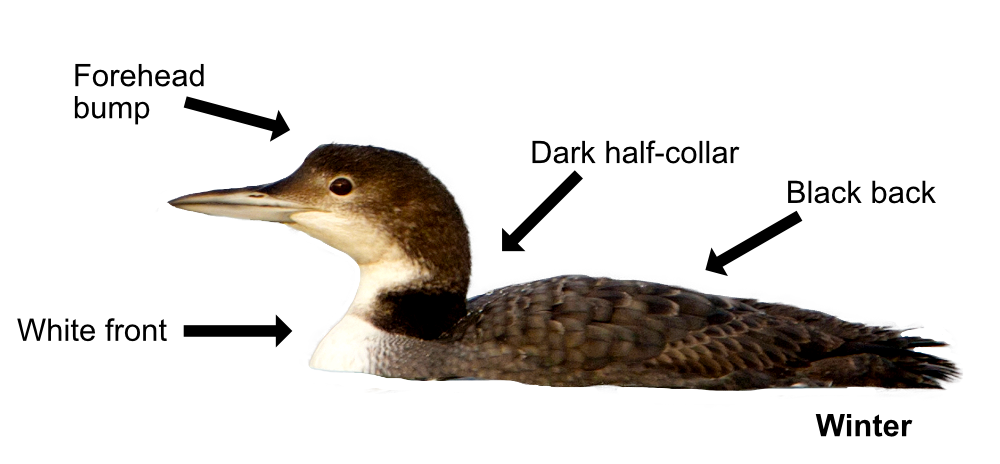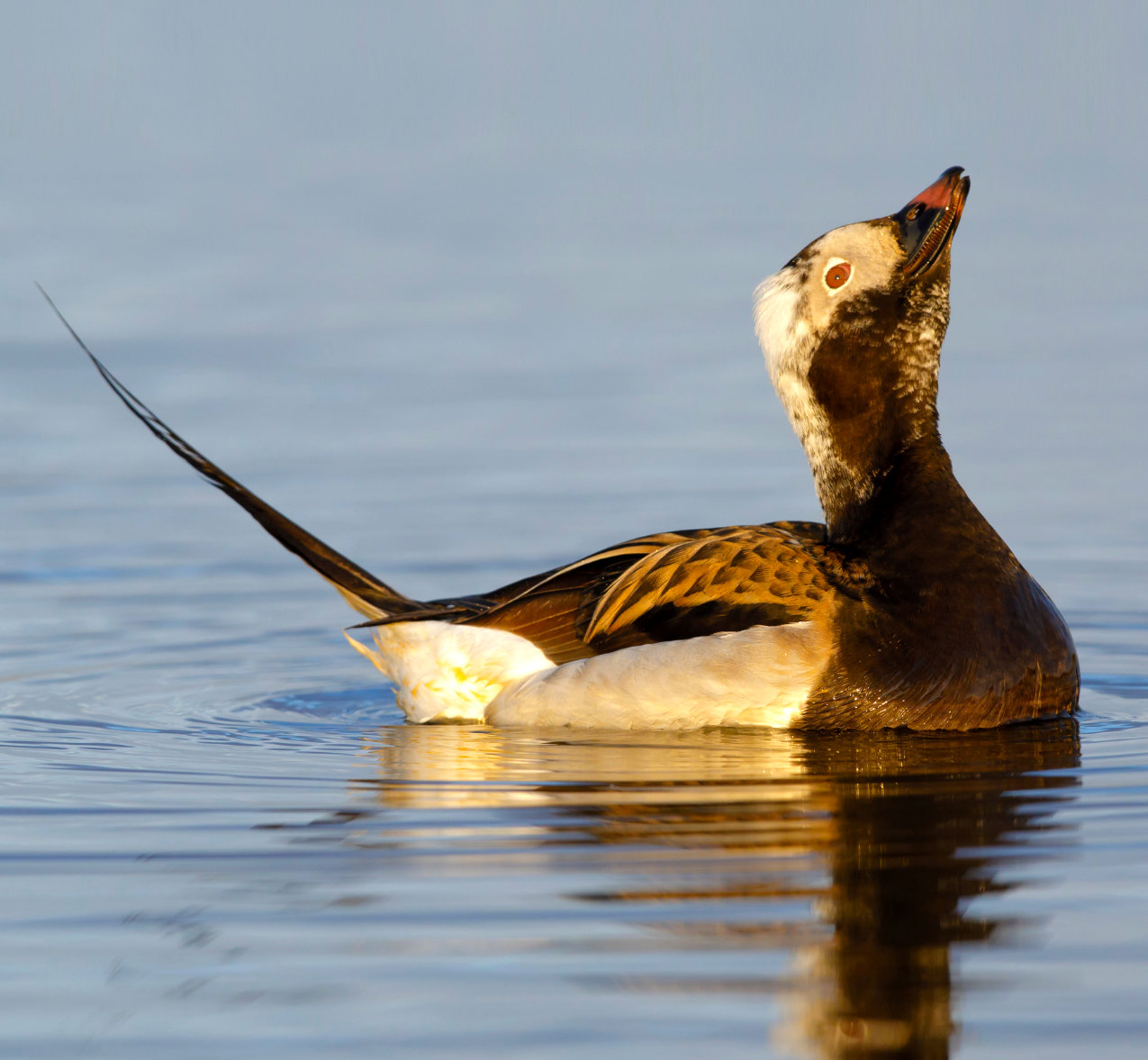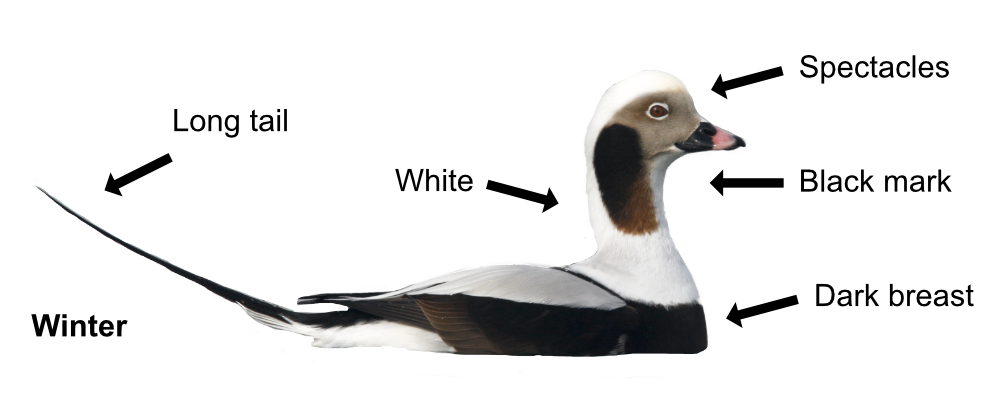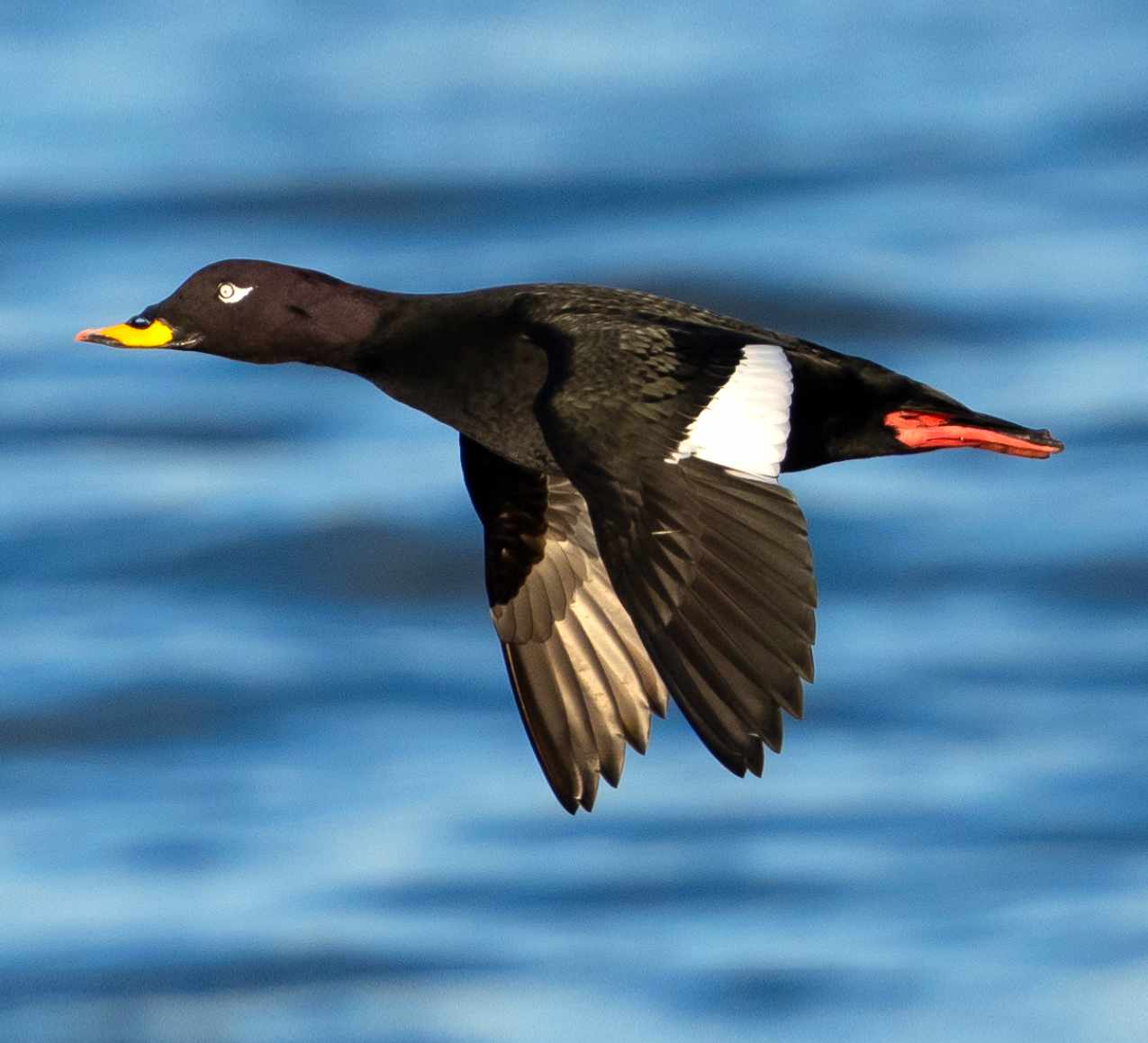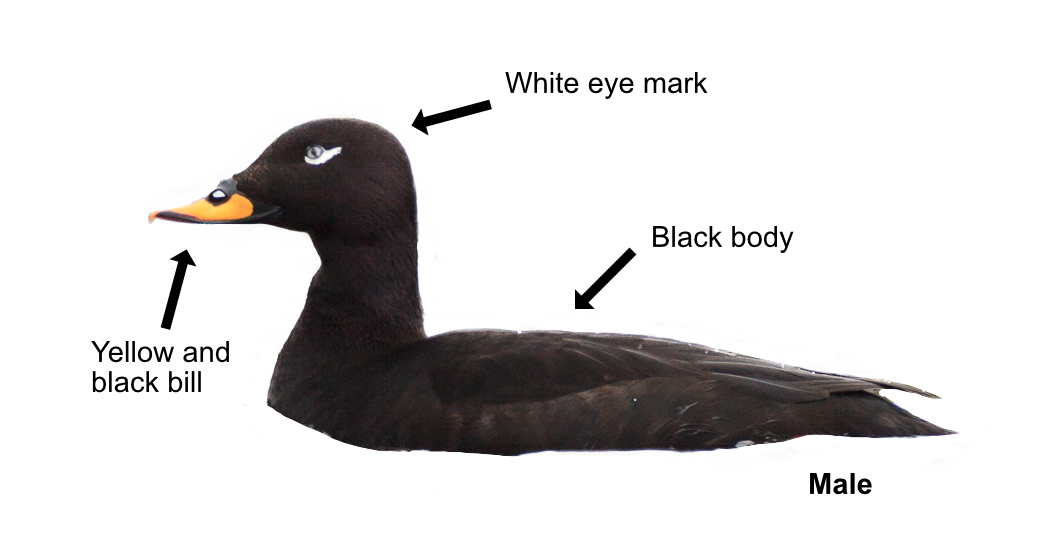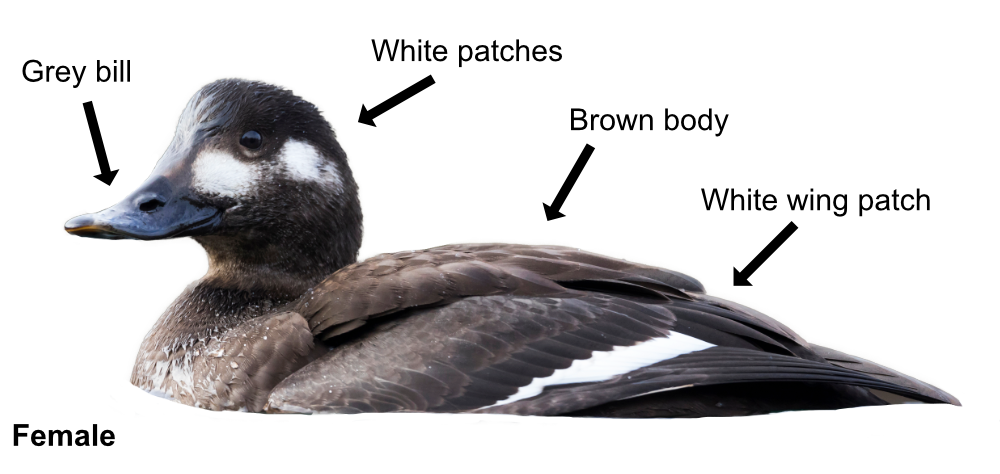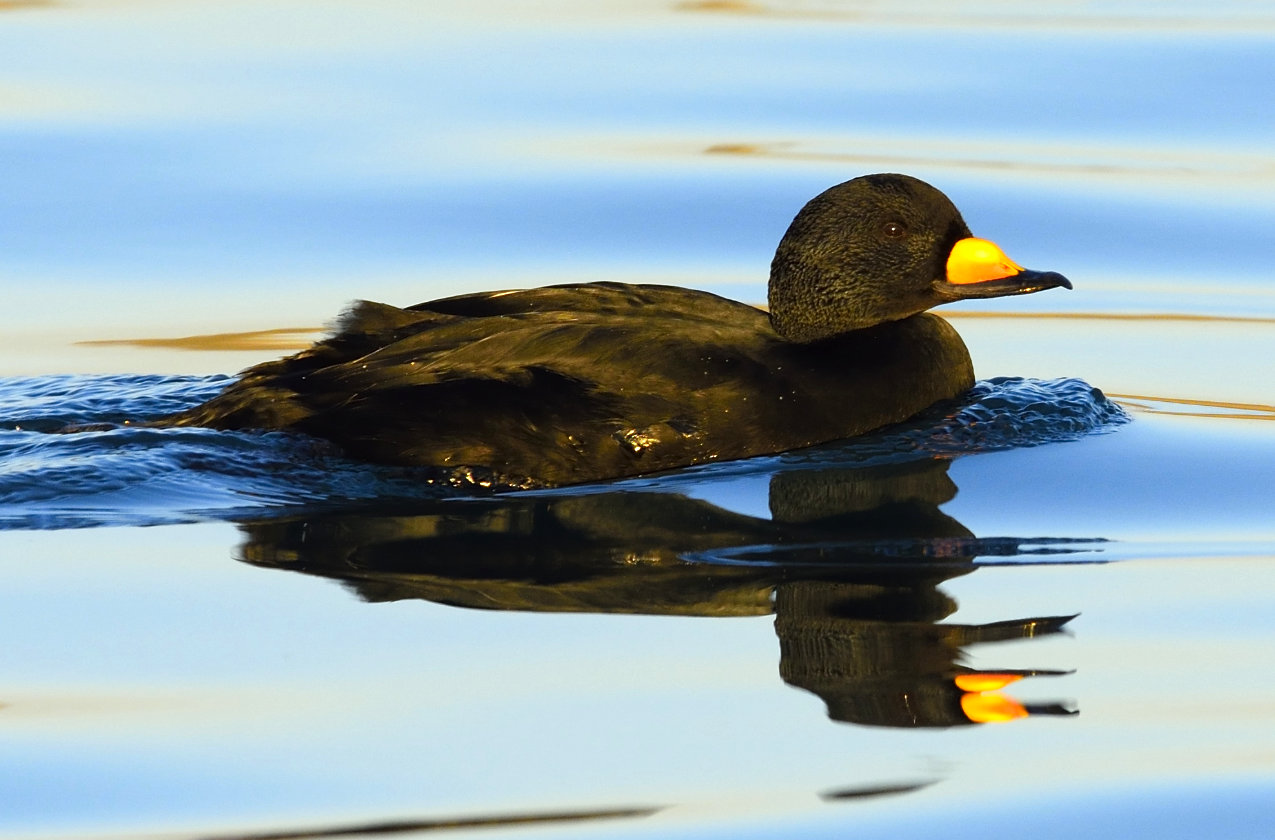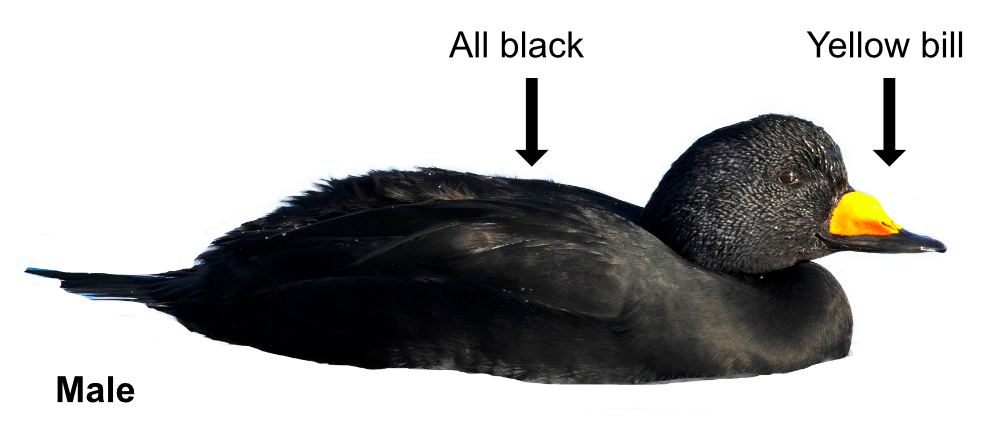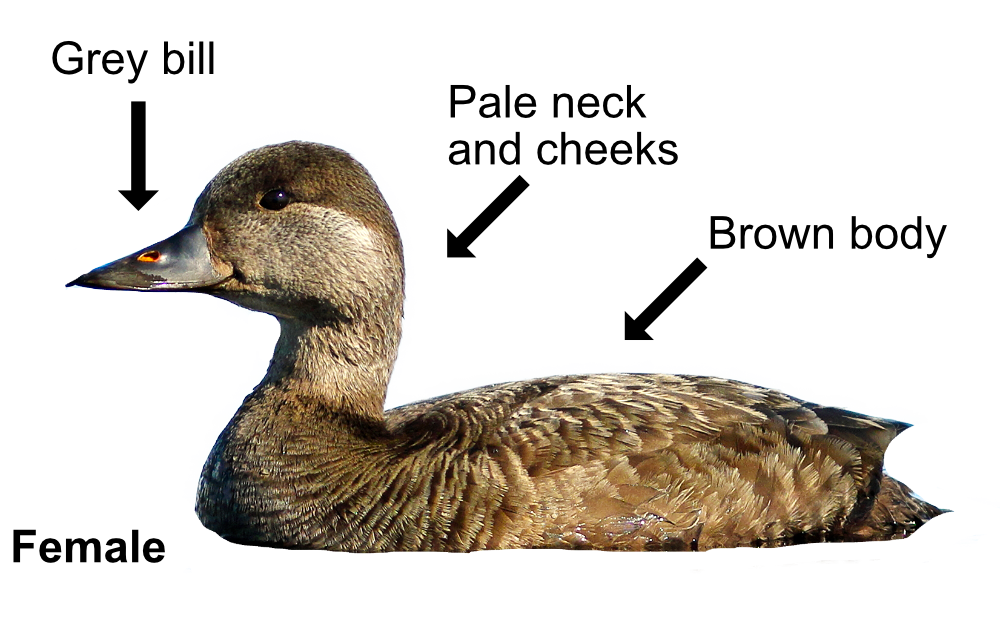
The Corn Bunting is a large bunting of the open country. It was once widely seen and was even historically known as the 'Common Bunting'. The best way to find them is from their jangling keys song. In the winter, they will join mixed flocks of buntings, finches and sparrows to forage on farmland. Sadly, like so many birds, they have declined steeply with changes in farming.
Corn Buntings are unusual in that both the male and female look alike, with the male being 20% bigger. They have heavily streaked buff-brown bodies, similar to a Skylark, pale underparts and a noticeable dark eye. The streaks on the breast form a noticeable dark patch. The thick bill is yellowish and they dangle their legs during their fluttering flight. Their song is a repetitive metallic jangle usually sung from a post or bush.

They eat mainly seeds, especially barley, but also include insects such as crickets, spiders, caterpillars, slugs and worms when feeding their young.
A male Corn Bunting defends his territory in the breeding season and may attract up to three nesting females. He is so busy looking after his area that he does little parenting, leaving it mainly to the ladies, who build the grass nests and each incubate 3-5 eggs. The more females he has, the longer he will sing, to show what a man he is. The eggs hatch after 14 days and the youngsters leave the nest 12 days later to hide in nearby vegetation until they can fly.
There are about 11,000 Corn Bunting territories in Britain. Numbers declined greatly in northwest Europe due to intensive agricultural practices reducing the food supply of weed seeds and insects. It is Red Listed, though environmental stewardship schemes are slowly helping their recovery. Corn Buntings are sedentary and males who are just 30km apart can sing with different 'dialects'.
Their Latin name is 'emberiza calandra' where 'emberiza' is from Old German 'embritz' for 'bunting' and 'calandra' is from Ancient Greek 'kalandros' for 'lark'. The English name comes from its love of seeds. The Corn Bunting is also sometimes affectionately known as the 'Corn Dumpling', as the male lacks the showy colouring of other Buntings.
